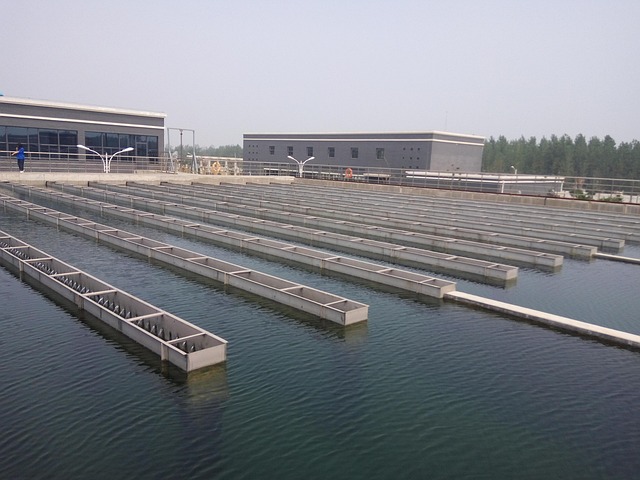Acoustic and thermal methods for detecting subsurface water loss
Subsurface water loss can be difficult to locate without specialized tools. Acoustic and thermal approaches provide complementary ways to detect leaks by listening for flow noise and mapping temperature anomalies, helping utilities and operators prioritize inspections and repairs.

Subsurface water loss often occurs in buried pipelines, service connections, and irrigation systems where visual inspection is not possible. Acoustic and thermal methods each exploit different physical effects of a leak: acoustic techniques detect sound and vibration produced by pressurized flow escaping a pipeline, while thermal methods identify temperature contrasts in soil or pavement caused by water movement. Combining these approaches with fiberoptic sensing, telemetry, and analytics improves the accuracy of subsurface mapping and ongoing monitoring, enabling targeted inspection and reduced excavation.
How do acoustic sensors locate subsurface leaks?
Acoustic methods use sensitive sensors to detect noise generated by turbulent flow through a breach or by soil movement caused by escaping water. Sensors can be handheld for localized inspection, fixed to valves and hydrants for continuous monitoring, or deployed along a pipeline for correlation-based localization. Cross-correlation of signals from two or more sensors helps pinpoint a leak location by measuring time-of-arrival differences. Background noise, soil conditions, and pipeline material affect signal strength, so proper sensor selection and installation are essential for reliable detection.
How do thermal imaging and fiberoptic techniques compare?
Thermal imaging detects temperature differences at the surface caused by subsurface water that is warmer or cooler than surrounding soil. Infrared cameras mounted on vehicles, drones, or used in handheld inspections create thermal maps to guide further investigation. Fiberoptic distributed temperature sensing (DTS) extends thermal detection along long pipeline stretches: a fiberoptic cable measures temperature continuously, revealing localized anomalies that indicate leaks. Thermal methods are most effective where thermal contrast exists and where surface access allows mapping; they complement acoustic sensors by providing spatial context.
What role do pipeline inspection and mapping play?
Accurate mapping of pipelines, service laterals, and subsurface features is critical for placing sensors and interpreting data. Geographic information systems (GIS) integrate inspection records, sensor locations, and telemetry streams to create a subsurface asset inventory. During campaigns, inspection teams use acoustic detection to narrow candidate locations, then apply thermal surveys and targeted excavation to confirm and repair leaks. Detailed mapping reduces false positives by correlating anomalies with known infrastructure, soil types, and environmental factors that can influence both acoustic and thermal signals.
How is calibration used with telemetry and sensors?
Calibration ensures that acoustic sensors, thermal imagers, and fiberoptic systems report consistent, comparable values over time. For acoustic equipment this may include sensitivity checks and timed signal references; for thermal systems it includes radiometric calibration and baseline profiling against ambient conditions. Telemetry systems transmit sensor data to central platforms where calibration metadata is applied to normalize readings. Regular calibration cycles, documented procedures, and on-site verification improve detection confidence and reduce maintenance-driven downtime for monitoring systems.
How does analytics improve monitoring and detection?
Analytics process continuous streams from acoustic arrays, DTS fiberoptic lines, and thermal surveys to detect patterns indicative of leaks. Signal-processing techniques such as spectral analysis, machine learning classification, and correlation algorithms reduce false positives from transient noise sources. Combining datasets—acoustic event timing with thermal anomaly location and pipeline mapping—produces higher-confidence alerts and prioritizes field inspection tasks. Analytics platforms also support trend analysis to detect slow-developing subsurface loss and quantify leak progression for asset managers.
Practical considerations for field implementation
Selecting the right mix of acoustic, thermal, and fiberoptic technologies depends on pipeline material, soil composition, access constraints, and monitoring goals. Acoustic sensors are cost-effective for targeted zones and continuous valve monitoring; thermal imaging is practical for rapid area surveys from vehicles or drones where surface signatures are present; fiberoptic DTS suits long-distance continuous monitoring along critical pipelines. Installation planning should include sensor calibration schedules, telemetry reliability assessments, and integration with existing inspection workflows to ensure actionable, timely data for repairs.
Conclusion Acoustic and thermal approaches provide complementary capabilities for detecting subsurface water loss: acoustic methods excel at locating active flow noise, thermal techniques reveal spatial anomalies, and fiberoptic sensing offers continuous temperature profiling over long runs. When combined with careful pipeline mapping, sensor calibration, telemetry, and analytics, these technologies enable more efficient inspection and targeted repairs while minimizing unnecessary excavation and service disruption.






